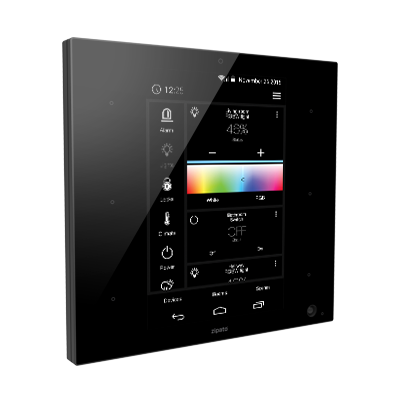I'm currently working on a smart home project. My current thinking for this project is to use a cluster of Raspberry Pi's to distribute the various sub functions of the project. For instance, one Pi would just handle lighting control, another Pi would handle energy management and another Pi would handle home security.
The whole configuration would be akin to using blade servers in the corporate world. That is, each Pi would be “hot swappable”. If a particular Pi failed, it could immediately be removed and one of the other functioning Pi's would take over it's processing responsibilities until the Pi was repaired and placed back in service. IOW, I want 24/7 uptime for my whole smart home system. Right now, I have a one centralized controller that handles everything. If this controller fails, I lose all automation functionality and home security/fire protection. So, the reason for decentralizing all these functions is to minimize/eliminate any type of outage.
As far as electrical power backup is concerned, I now have redundant UPS's in place and an Automatic Standby Generator for the house. The UPS's would power the Pi's until the ASG powers up and goes online. Which is about 30 to 45 seconds after a power outage.
I'm considering using Linux Pacemaker High Availability (HA) OS with the Pi's http://clusterlabs.org/wiki/Pacemaker
I'm just wondering if anybody has done anything similar to this planned project and if so, would be willing to share some insight.
The whole configuration would be akin to using blade servers in the corporate world. That is, each Pi would be “hot swappable”. If a particular Pi failed, it could immediately be removed and one of the other functioning Pi's would take over it's processing responsibilities until the Pi was repaired and placed back in service. IOW, I want 24/7 uptime for my whole smart home system. Right now, I have a one centralized controller that handles everything. If this controller fails, I lose all automation functionality and home security/fire protection. So, the reason for decentralizing all these functions is to minimize/eliminate any type of outage.
As far as electrical power backup is concerned, I now have redundant UPS's in place and an Automatic Standby Generator for the house. The UPS's would power the Pi's until the ASG powers up and goes online. Which is about 30 to 45 seconds after a power outage.
I'm considering using Linux Pacemaker High Availability (HA) OS with the Pi's http://clusterlabs.org/wiki/Pacemaker
I'm just wondering if anybody has done anything similar to this planned project and if so, would be willing to share some insight.

